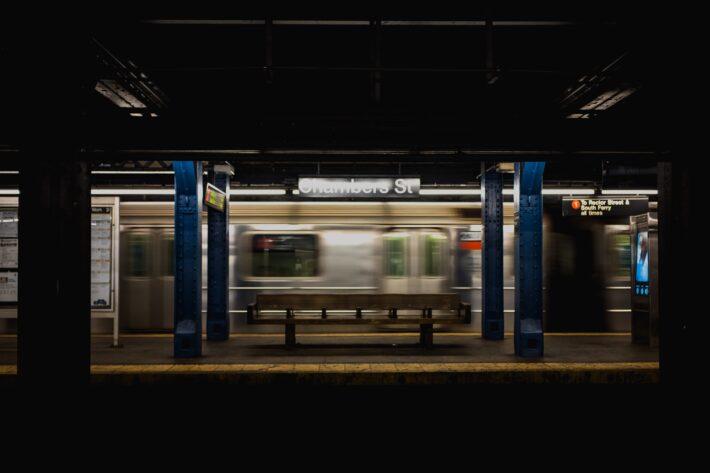
With 472 stations and 36 subway lines that move commuters throughout New York City, its transit system is one of the largest in the world. But despite having access to an expansive subway system, some New Yorkers are choosing alternative modes of transportation. Their reason is fear of subway crime.
Fear of crime can be particularly potent for health care workers who rely on mass transit at different times of the day, including late night shifts. With recent police data showing an increase in subway crime, some health care workers have decided to forgo subway travel altogether. Instead, they are choosing alternative longer commutes for safety reasons. But some experts say their fear might be based on perception instead of reality when the numbers are closely scrutinized.
According to September 2022 data released by the New York City Police Department, subway crime has increased by approximately 43% since last year. This rise could be a result of the recent increase in subway ridership, which has surged by over 35% during the pandemic recovery, according to the Metropolitan Transportation Authority.
But Dennis Kenney, author of the book “Crime, Fear and the New York City Subways” and professor at the City University of New York, said these statistics need context.
“These crime figures are really quite low considering the volume of ridership,” said Kenney. “Fear and reality of crime are often not connected. People base them on their perceptions of safety.”
Kenney is referring to the number of incidents instead of the percentage of change. Total transit crime reported to date for 2022 is 1,670 versus 1,165 reported for the same time period last year. That is an increase of 505 incidents – a nominal number for a highly populated city with an extensive transit system, said Kenney.
The Metropolitan Transportation Authority’s network includes buses, subway, and light rail trains. But some commuters don’t believe all of these modes of transportation offer the same levels of safety. Riders like Joe Williams intentionally choose more time-consuming routes home that make him feel safer, he said.
Williams is a maintenance worker at NYU Langone Health. For the last 15 years, he has been commuting from his home on West 143rd Street in Harlem to his job in Midtown East. Williams has the option of taking the subway or the bus. Despite having taken the subway for 13 years, he has opted for the bus in the last two years.
“It isn’t safe to be on the trains. There are many homeless people, everybody getting robbed,” said Williams. He has added two extra hours to his daily commute by taking the bus.
Kenney believes that fear of homeless people on transit is based on perception. “There’s been research on the correlation between homelessness and people in mental crisis, which is pretty strong. But the correlation between homelessness and crime is not particularly strong,” he said. “But I assume people who are homeless and in mental crisis probably induce fear among others.”
Eileen Toback, the executive director of the New York Professional Nurses Union, said safety during commute has become a rising issue for her members. One union member made headlines in May when he became the victim of an assault and a racial hate crime on the train.
“Nurses have several shifts that start and end at various times,” said Toback. “A lot of these people invest in taxi services or something similar. They are not going to use the subway.”
Toback said that some hospitals are trying to improve safety by installing metal detectors that patients and staff must pass through to enter the building. This protects healthcare workers from outsiders who are armed and dangerous. “But there are also night shift people who had been carrying weapons to protect themselves,” she said. Unfortunately, that is the reality for healthcare workers.
One veteran commuter is Michael Prince, an assistant clinical technician in Midtown’s NYU Langone Health on 550 1st Avenue. He usually starts his shift at 4 p.m. and ends at midnight, but his journey home to New Jersey can take until 2:30 in the morning.
Prince said he recently pretended to have a weapon when a man threatened him during a late-night commute home on the subway. “I reached for my waist like I had a pistol,” he said, telling the man, “if you come any closer, it’s about to be a bad decision.” The man stopped and moved away from him, said Prince.
For health care workers, many of whom already work under stressful conditions, adding longer commutes to avoid threats of transit crime can affect their overall well-being, said Kenney. “It creates enormous stress for you to live under,” he said. “And this could be physical and emotional.”
Commuters like Joe Williams are adjusting and making due for now. He doesn’t just watch the time during his 90-minute bus ride home, but he’s also counting down the days to when he can finally stop commuting daily. “I have five more years, and then I’m retired.”